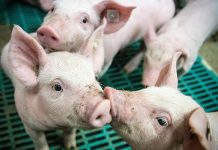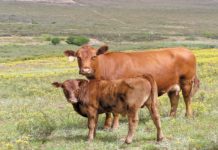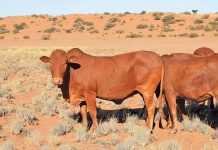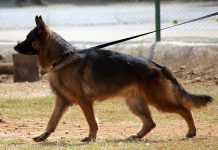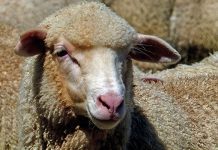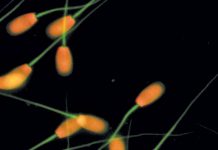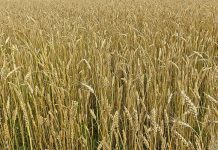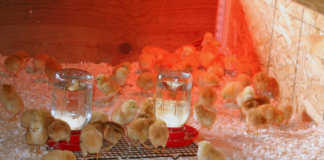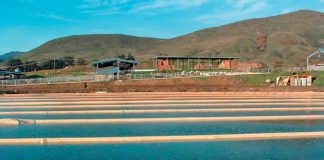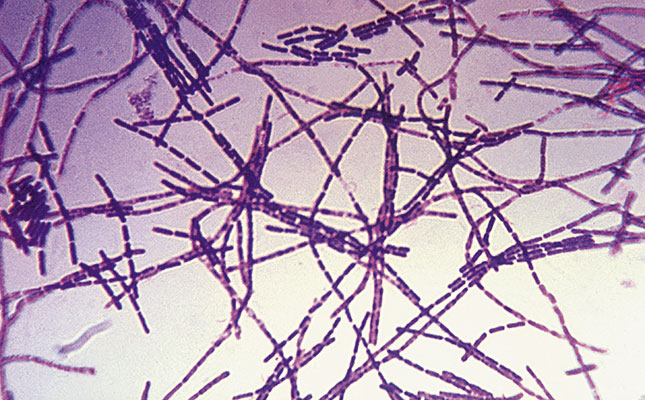
Anthrax is caused by the bacterium Bacillus anthracis. When an animal dies of anthrax – and particularly when the carcass is cut open – resistant spores are formed which can survive in the soil for many years. The bloody discharge from the nostrils, mouth and anus also spreads the disease, as do scavengers, vultures and even flies.
Runoff water can disperse the spores to pans or dams and create concentrated sources of infection. Other animals pick up the disease by drinking contaminated water, grazing on contaminated pastures or licking contaminated carcasses.
Symptoms
- Death within two hours without any signs of illness (sudden death).
- Fever and difficult breathing.
- Muscle tremors and redness of the mucous membranes.
- Blood-stained discharge from the nostrils, mouth and anus.
- Advanced cases may have a swelling of the throat and neck. This can lead to breathing problems and difficulty in swallowing.
Diagnosis
- Anthrax is diagnosed by microscopic examination of a blood smear. Consult your local vet or animal health technician in this regard.
- Never cut the carcass open or eat the meat of an animal that has died suddenly. Humans can contract the disease by eating infected meat, or by coming into direct contact with affected animals or animal products.
- Consult your doctor if contact with anthrax is suspected.
Treatment
Animals often die before the disease can be diagnosed or the animals treated. However, humans and resistant animals such as pigs, dogs and horses can be treated with antibiotics.
Control
- Vaccinate livestock annually against anthrax.
- Do not cut open carcasses of animals that have died if anthrax is suspected.Bury these carcasses at least 2m deep and treat the soil liberally with chloride of lime. Carcasses may also be burnt without cutting them open.
- Report suspected cases immediately to the nearest animal health technician or state vet, who may prescribe methods to disinfect the premises, transport vehicles and other products.
Anthrax can be prevented with the co-operation of every farmer!
Source: Directorate Communication Services in co-operation with Directorate Animal Health, department of agriculture.

